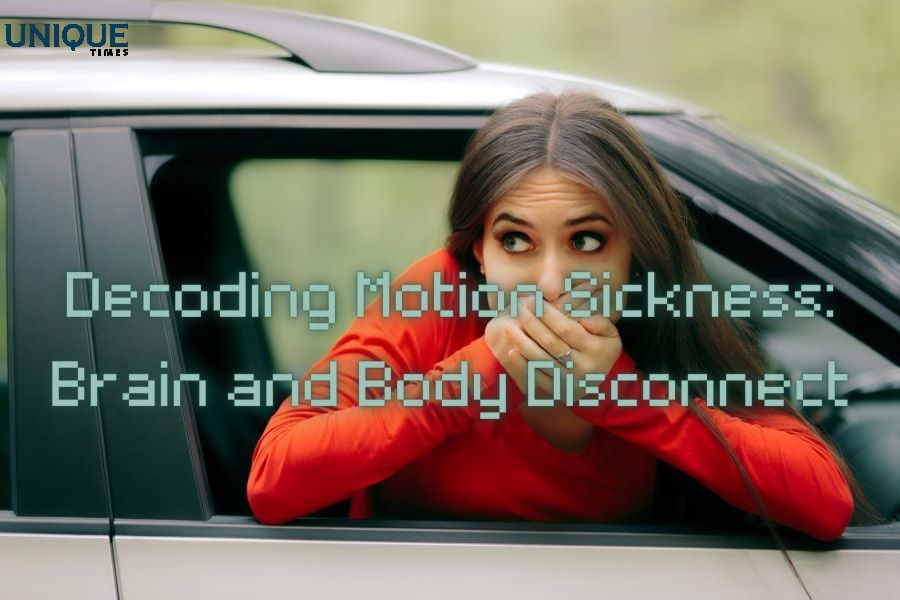Unmasking the Mystery: The Science Behind Motion Sickness

For many, motion sickness remains an enigmatic and unpleasant experience. That queasy feeling, accompanied by nausea and sometimes vomiting, often strikes during car rides, boat trips, or flights. But what causes this peculiar sensation, and why does our body react this way? The answers lie in the intricate workings of our brain and its relationship with motion-sensing mechanisms.
Brain-Body Coordination Motion sickness is essentially a miscommunication within our body. It occurs when the brain struggles to coordinate with the information it receives from our inner ear, eyes, and other sensory organs. These systems usually work together seamlessly, but when they don’t, motion sickness can result.
The Conflict of Information Imagine being on a boat where the rocking motion causes your inner ear to sense movement, but your eyes, focused on a stationary point, send a conflicting message to your brain. This sensory dissonance creates confusion within the brain, which interprets it as a potential threat.
The “Poison” Response In response to this sensory conflict, the brain may trigger a protective mechanism. It interprets the conflicting signals as a potential threat from a toxin or poison. To “protect” the body, the brain initiates vomiting as a way to expel the perceived threat. This is why people often feel nauseous and may vomit when experiencing motion sickness.
Evolutionary Perspective From an evolutionary perspective, motion sickness may have been advantageous in our ancestral past. It could have served as a protective mechanism to prevent the ingestion of harmful or spoiled food. In today’s context, however, it can be an inconvenience during travel.
Conclusion: A Mismatch in Perception Motion sickness is a result of our body’s intricate sensory systems occasionally misfiring. When the brain receives conflicting signals about our body’s movement, it can trigger the sensation of nausea and vomiting as a protective response. Understanding this phenomenon allows us to take steps to alleviate its effects, making travel a more comfortable experience for those prone to motion sickness.
Picture Courtesy: Google/images are subject to copyright








